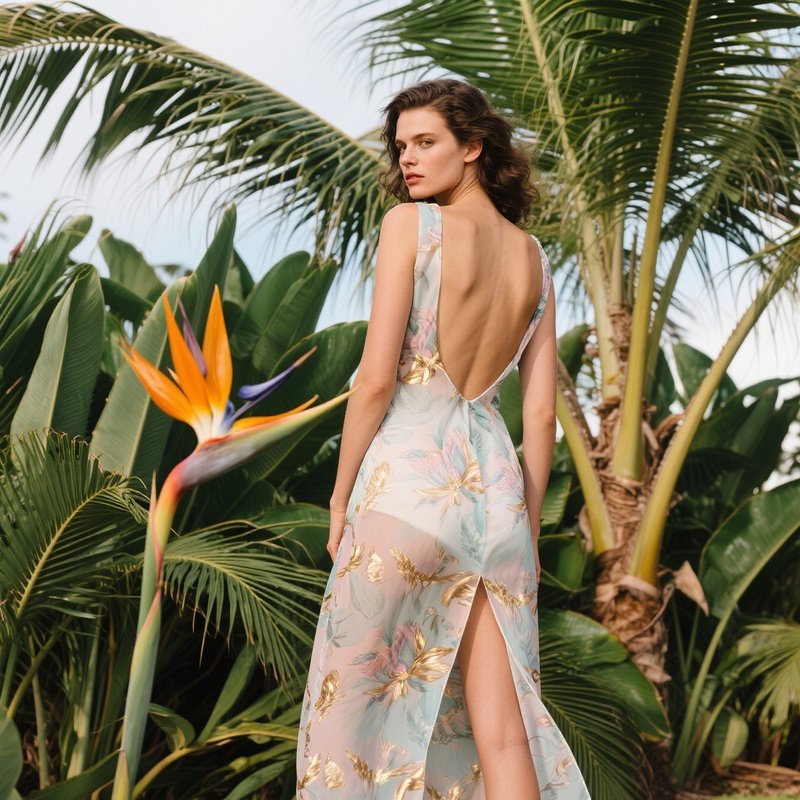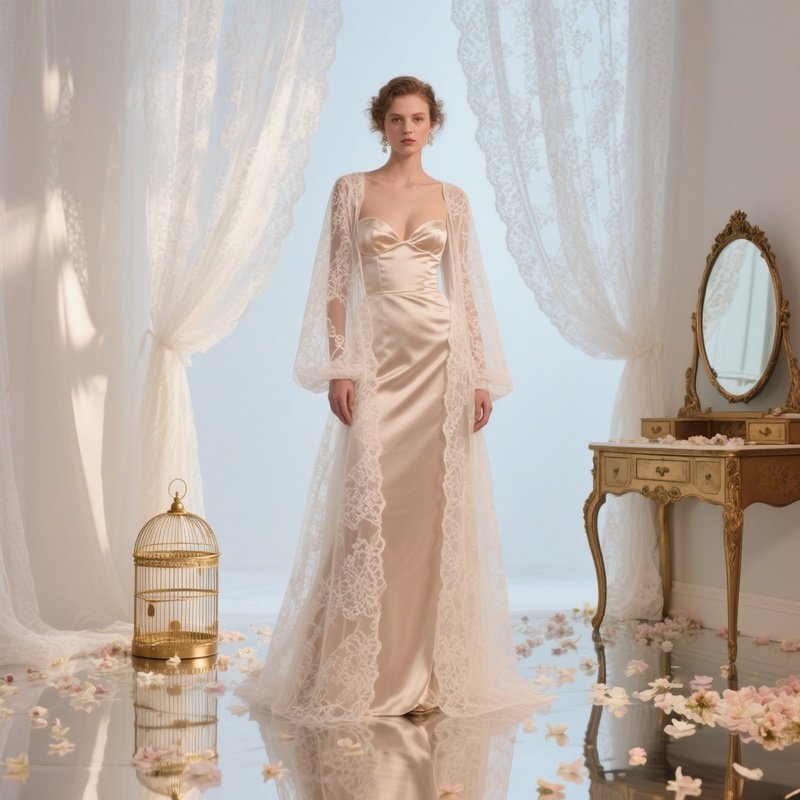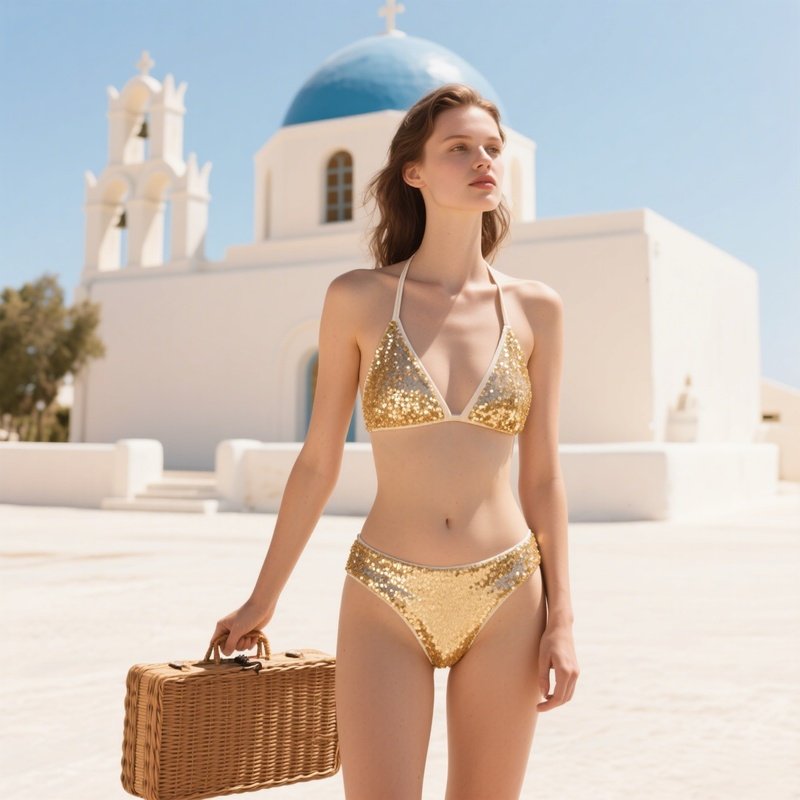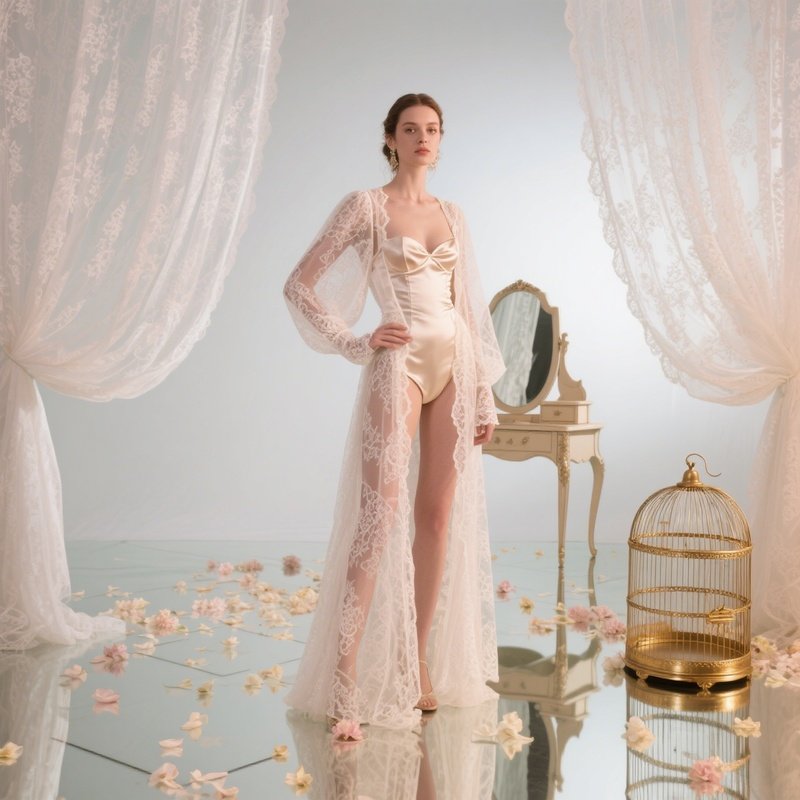Blog
Evolution of Wedding Season Lingerie Fashion: Blending Tradition and Modern Design

The wedding season has long been a pivotal moment for the lingerie industry, with designs evolving to reflect shifting cultural norms and aesthetic preferences. Historically, wedding lingerie emphasized opulence and structure, often featuring heavy embroidery, corsetry, and rigid boning to create a dramatic silhouette. However, contemporary trends have shifted toward lighter fabrics such as silk chiffon and tulle, paired with delicate lace overlays that balance elegance with comfort. Designers now prioritize versatility, creating pieces that transition seamlessly from the ceremony to the reception. The rise of destination weddings has also influenced styles, with breathable, moisture-wicking materials gaining traction for tropical or outdoor venues. Cultural fusion plays a role too, as designers integrate motifs from global traditions—like Japanese origami-inspired folds or Indian mirror work—into modern cuts. Consumer surveys indicate a growing preference for customizable elements, such as detachable trains or interchangeable straps, allowing brides to personalize their looks. Industry analysts note that sustainability is becoming a key consideration, with eco-conscious brands experimenting with recycled lace and organic cotton. The shift toward minimalist aesthetics has also sparked innovation in seamless construction and invisible support technologies. As weddings become more individualized, lingerie designers are challenged to balance tradition with the bride’s desire for self-expression, creating a dynamic landscape where heritage and innovation coexist.






